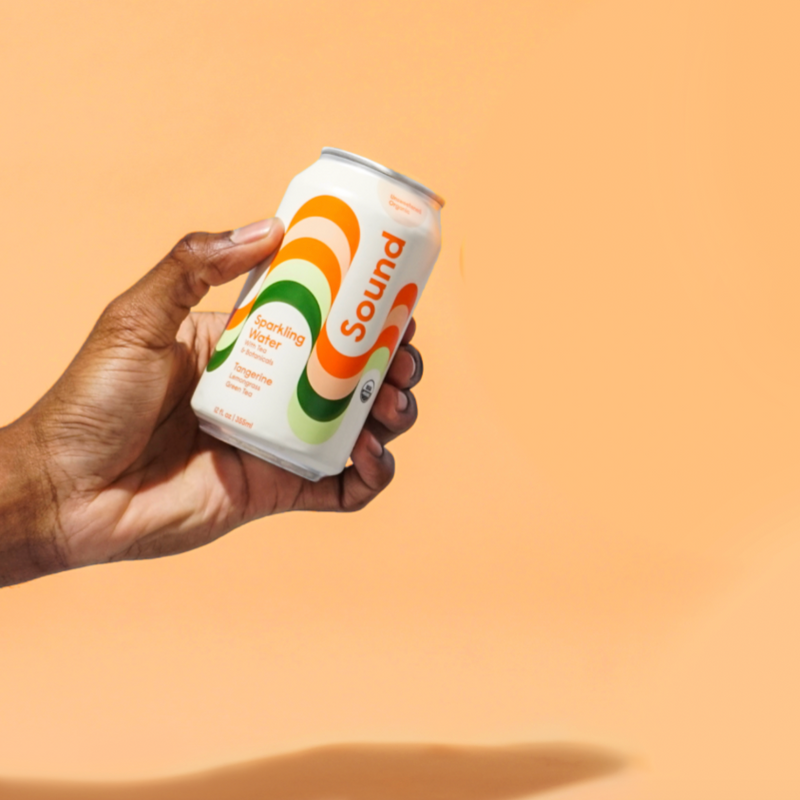The Environmental Working Group has designated “natural flavors” as the fourth most common ingredient on food labels. The only ingredients more commonly listed are reportedly salt, water and sugar. That means that the majority of us consume natural flavors in some sort of capacity, every day.
But what exactly is a “Natural Flavor”?
According to the FDA, a ‘natural flavor’ must be derived from a natural source like a fruit, vegetable, or animal. But just because something says ‘natural grapefruit flavor’ does not mean the only ingredient is grapefruit. Artificial and synthetic chemicals are often used in the processing of that flavor, and those don’t have to be listed on your nutrition label.
In other words, your sparkling water with ‘natural grapefruit flavor’ is derived from grapefruit, but also may contain ingredients such as propylene glycol and artificial preservatives, and you won’t ever know because any ingredients used as processing aids don’t have to be listed. By definition, a “flavor” generally does not need to list its sub-ingredients.
You may notice that instead of seeing ‘natural grapefruit flavor’ or ‘natural lime flavor’, you just see ‘natural flavors’ written on the label. That’s because your sparkling water labeled as ‘Grapefruit’ for instance, isn’t just made with grapefruit flavor but others as well. Rather than having to list all of the flavors used, legal guidelines allow you to use the catch-all term: ‘natural flavors.’

Are organic flavors any better?
When a flavor is Certified Organic, the guidelines that must be followed are definitely stricter than those for a natural flavor. For instance, you won’t find ingredients like polysorbate 80, BHT, genetically modified organisms, or artificial preservatives in your organic flavors. You also know the ingredients were not irradiated. When you see “organic flavors” or “organic natural flavors” on the ingredient panel, you are ensured that at least 95% of the ingredients used to make those flavors are Certified Organic. And as for that 5% or less, it may not be Certified Organic but it must be Organic Compliant. While not Certified Organic, ‘Organic Compliant’ ingredients must meet the basic definition of Organic, including that they are not genetically modified and do not use irradiation for processing.
I’ve seen extracts on labels too. How is a flavor different from an extract?
To create an extract, the food ingredient is soaked in alcohol and water to quite literally extract the flavor (i.e this is how vanilla extract is made, by soaking vanilla pods). Think of an extract as one of the purest ways to retrieve a flavor. Extracts are also often ‘single-source’, meaning the extracted flavor is derived from one single raw material, unlike flavors that are often “built” using multiple flavoring components. We liken this to an infused spirit. To add a little more excitement to rum or tequila for instance, flavors can be infused from ingredients like fresh fruit, vegetables, herbs, etc. (think: jalapeno tequila, or lemon vodka).
The Bottom Line.
Again and again, we’ve gathered that natural and artificial flavors are generally not that different. Because artificial flavors are often made with the goal to replicate the same chemicals in the natural version of that flavor, the main difference between natural and artificial flavors is typically the flavor origin. A differentiating factor though, is the organic certification. When a flavor is certified as organic, you know that certain processing agents and methods are not going to be used in the creation of that flavor.
Our purpose here is not to demonize natural flavors, as there is no data to suggest that these are actually bad for us. But with so much ambiguity around the ingredients themselves, we want to help make the definition a little more transparent. We wanted to help lay out the facts on what this incredibly common ingredient actually is, and what to look for.
Our key takeaways
1. Organic is usually better than natural. This is simply because there are stricter guidelines. You have a little more information on what you’re getting, and what you’re definitely not.
2. Buy products from brands you trust. This way you have some reassurance that even if there are flavors in what you’re eating or drinking, you trust that the brand has done their due diligence. To be frank, many brands may not even know what is in their natural flavors. It is really the responsibility of the brand to ask their suppliers questions to ensure that the ingredients being used are truly of quality. We have and continue to work to evolve Sound into the best version it can be. And as a consumer, if you see that a product contains natural flavors, we’d recommend digging a little deeper to learn what those might be. We have to be our own best advocates!




